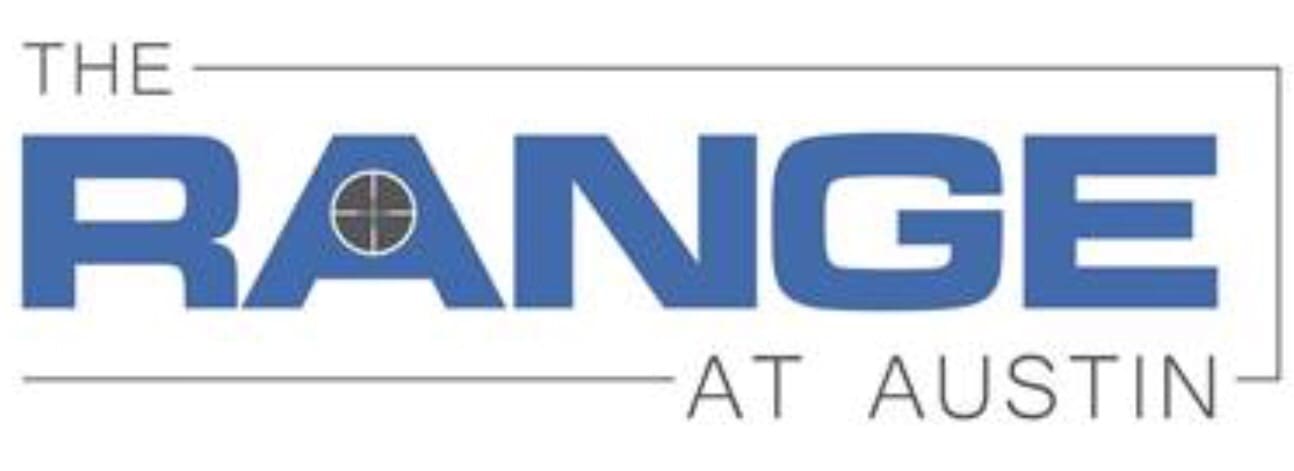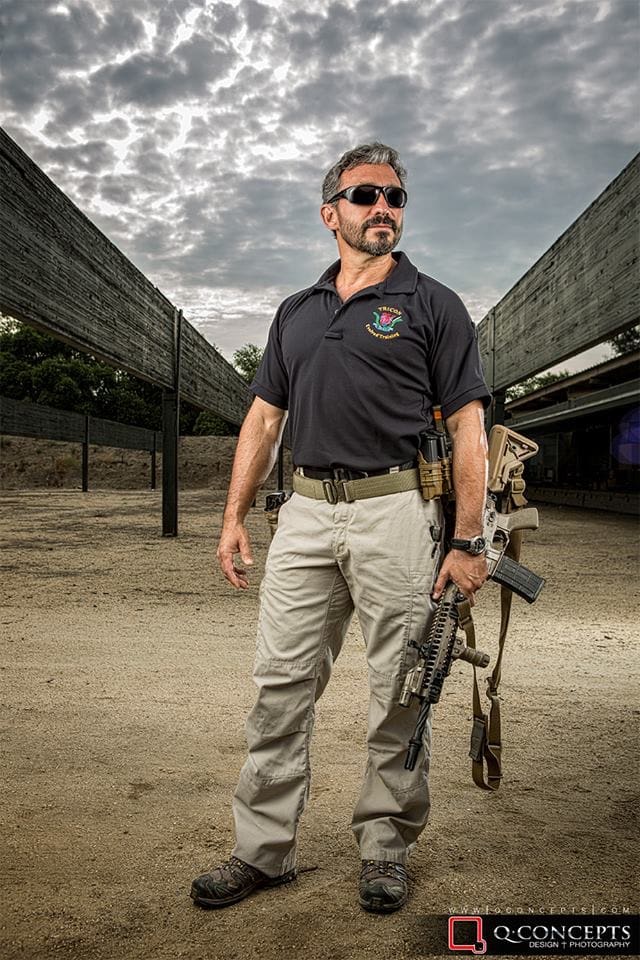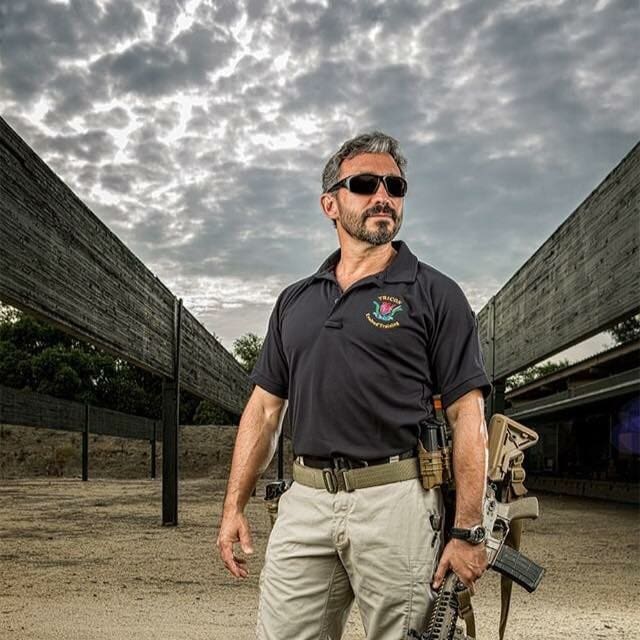I think it’s safe to say the majority of the American citizenry does not expect violence. This mentality has lead to a weakening of not just our societal norms, but our national security.
Why bother
I can sit here and pontificate on how screwed up our government is, how one sided our media is and how “sheepish” the masses are, but it really isn’t going to fix the problem we face. Sure, there have been a few converts who have moved away from the dark side, but the efforts are largely wasted. If you finally realize you need to take your personal safety more serious forgive me if I don’t jump for joy. I don’t want to be all doom & gloom here, I would rather be matter of fact. What would the majority of those who already know we are at war gain value from, what really matters to their survival?
Hierarchy of needs
I’m a big believer in biology. In my opinion it doesn’t take a rocket scientist to figure out why, it is the survival of our species. Why are men attracted to certain women and women attracted to certain men? Eliminate the touche-feelie crap and it boils down to procreation, the continuation of our species. Breaking it down even further, survival has a lot to do with mindset. In this day an age, the majority of grass eaters have forgotten or have no idea the importance of survival and how to ensure their own, much less their family’s. It is really quite sad, but in the end your survival depends on your mindset, skill set and the tools at your disposal.
Be prepared
Mentally preparing for unplanned violence requires only it’s acknowledgment to get the proverbial ball rolling. If at a fundamental level you can acknowledge there is the possibility of unplanned violence it makes a huge difference mentally. Once you can look the animal in the eye, it frees you up to prepare. Preparation is key. A good friend of mine was on vacation over Thanksgiving holiday literally a few blocks from the Colorado shooting. In a brief discussion he commented how important preparation was and as the old Boy Scott motto goes, “be prepared” really epitomizes the situation. What have you done to prepare for that or other similar situations. Mental preparation motivates you to then physical prepare in the form of training.
How sharp is your blade
This is where the rubber really meets the road. All your mental preparation will be for not, if you don’t have the physical training to back it up. Unless your control of the Force is Jedi level you will have to fend like the rest of us. In this day an age with the escalation of terrorist threats the two most important training blocks you can obtain are combat marksmanship and concealed carry. Your skill with a firearm must be at the highest level you can obtain, then one more above that. You will never rise to the occasion you will default to your level of training. One of the reasons our standards are so tough is because nothing I do can honestly mimic the stress of real combat. If you have crappy technique based off a crappy program with crappy standards don’t be surprised by your crappy performance. Once your marksmanship skills are honed to a razor’s edge next comes having a firearm on you as often as possible; daily concealed carry. The art of concealing has evolved from the photographers vest of lure so get with the program and spend time perfecting your concealment game. When violence knocks on your door, will you answer with good intentions or hot lead. Once you get this part of the game down it will motivate you to then selecting your gear.
Water, water everywhere
Selecting your gear will be much easier once you have defined your mission. Until then, you are easily swayed by marketing and propaganda rather than truly fulfilling your needs. You also have probably asked yourself if you are fully prepared, could you use this or that or whatever new shiny object is that hits the market. At some point you have to recognize it is a come as you are war. Whatever you brought is all you got so choose wisely. It will either end the fight, allow you to strong point or allow you to move to a safe area or exit. The situation will always dictate. In other words, do you have enough ammunition to put the threat down fast. If not, will you have enough ammunition to keep them at bay while you strong point. If not, will you have enough ammunition to effectively maneuver to cover or an exit. All of the above it is implied your combat marksmanship skills are legit. So, yes, it is a good idea to create your jump bag, go bag or E&E bag whatever you want to call it, but realize you will probably not have it when it counts. You will have to win the fight, to survive, with your daily load out.
In the end, the world is not complicated. It is filled with evil, evil that must be confronted by righteous strength and courage. In the end, some people just need to be killed.
– Jeff Gonzales
Trident Concepts, LLC
Jeff Gonzales of Trident Concepts, LLC is a decorated and respected U.S. Navy SEAL who has worked in a variety of environments and capacities throughout the globe. He specializes in personal protection tactics and training for armed and unarmed conflicts. His motto is “Concepts that meet reality”. Jeff’s goal is not simply to train you, but to better prepare you for the worst-case scenario.
Gunfighter Moment is a weekly feature brought to you by Alias Training & Security Services. Each week Alias brings us a different Trainer and in turn, they offer some words of wisdom.













































































































